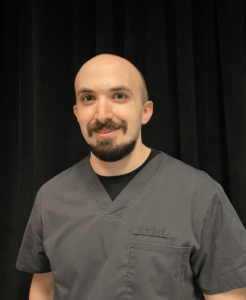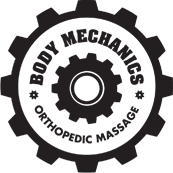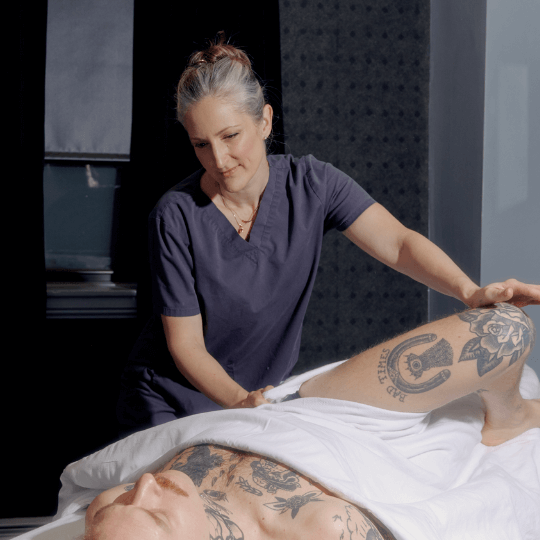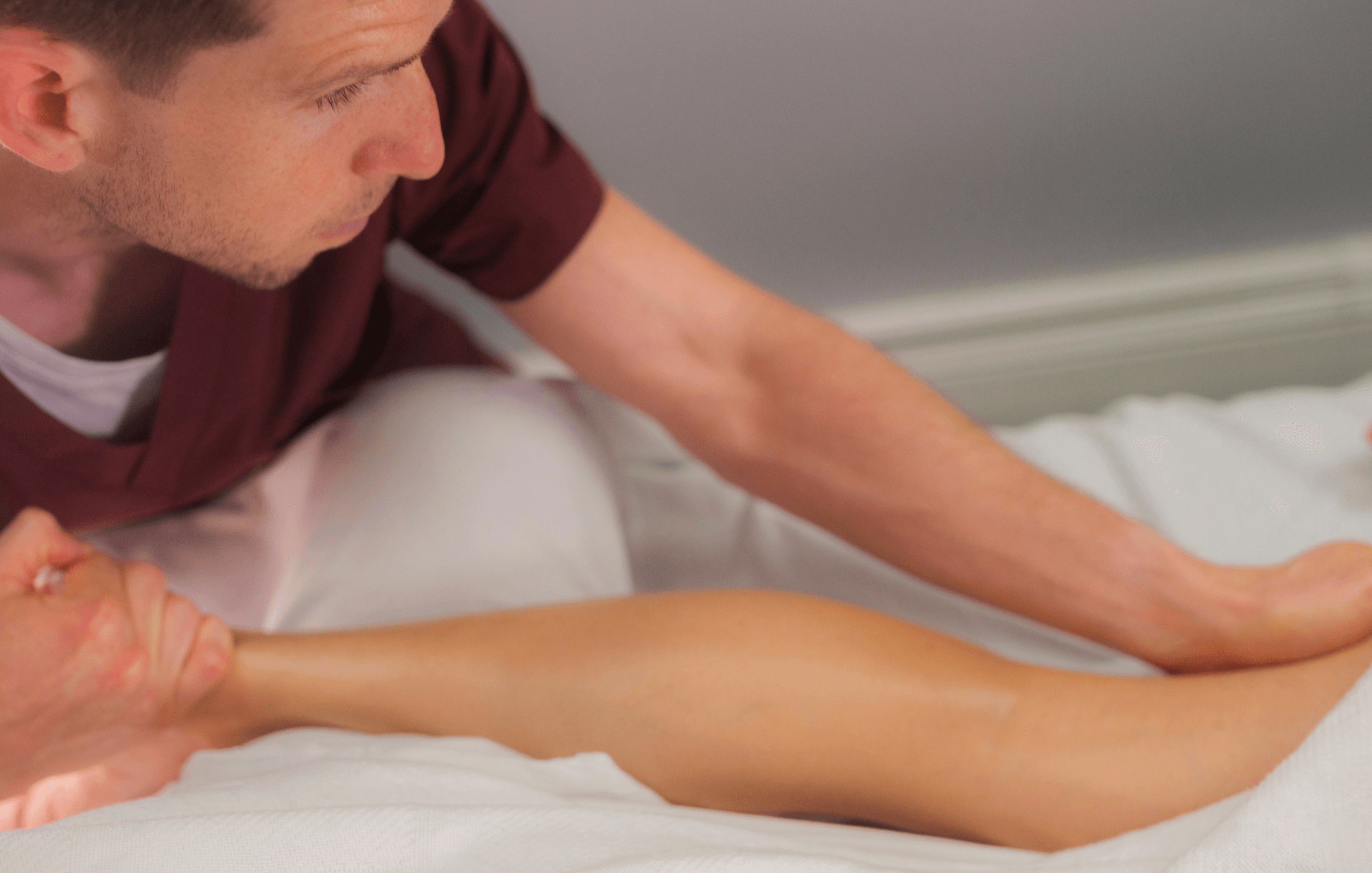
Our Ever-changing Understanding of Tendon Pain
Our understanding of tendon pain is ever-changing and ever-growing. We know that
loading beyond tolerance creates changes in the tendon, but we once thought these
changes were all inflammatory, hence the nomenclature tendinitis. Somewhere in the
late 90’s people started calling these conditions tendinosis to reflect the disorganization
seen within tendon fibers and the general absence of inflammatory markers. By the
early 2010’s we moved to referring to these conditions tendinopathies to greater reflect
that we still don’t understand where the pain in tendon pain comes from.
Tendon Pain and Stiffness May Not Feel Like We Think It Should
Massage and bodywork providers have historically noticed (and taught) that the tissues
under their fingers feel stiffer and tighter when someone presents with tendon pain, but
newer research is once again questioning our understanding. A series of studies
measuring the biomechanical stiffness of the plantar fascia and Achilles tendons in
people with diagnosed tendinopathies show less stiffness in the affected side when
compared to their healthy limb. In other words, the painful side was less stiff than the
healthy side – a complete reversal from what we’ve traditionally been taught!
Left-side Unilateral Achilles Tendinopathy
Here is an example of a left-sided Unilateral Achilles Tendinopathy.
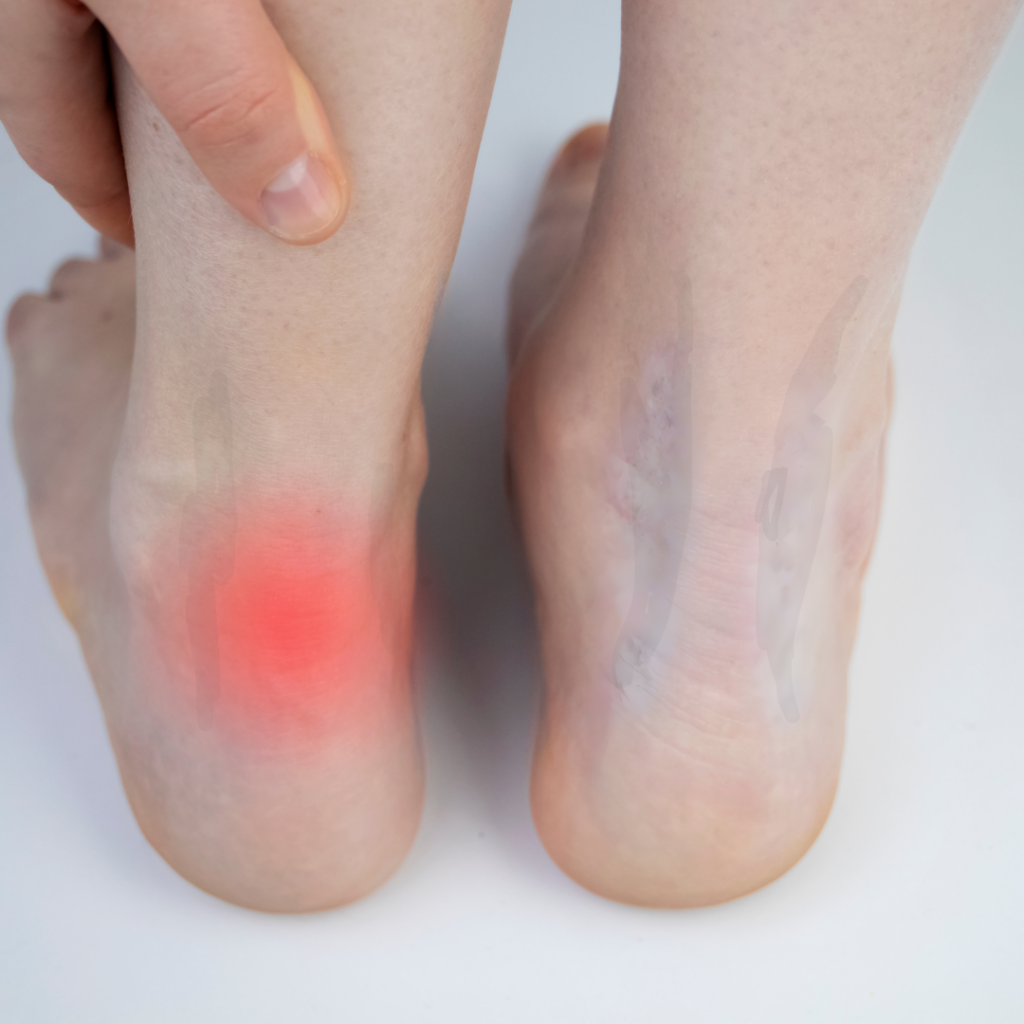
source:https://www.researchgate.net/publication/321248969_Achilles_Tendinopathy_Aetiology_and_Man
agreement
While the painful side was less stiff, there was also a marked thickening in the tissue.
This increased tissue bulk has been a noted visible marker in tendinopathies, as the body produces more tendon on the affected side. This sign is easiest to see in someone with unilateral Achilles tendinopathy or plantar fasciopathy, where their painful tissue is
bigger and thicker than their healthy side. Taken together, this information shows that
tendinopathies in the Achilles and plantar fascia are thicker but less stiff. These findings
are surprising to many practitioners, but they are an important step in advancing our
knowledge.
How to Apply This Information to Tendon Treatment in Massage
What do we do with this information? To start, it seems appropriate to acknowledge that
Manual approaches alone will not be sufficient to treat painful tendons. The research
tends toward favoring load management strategies with the integration of progressive
resistance training under the guidance of a physical therapist or similarly qualified
exercise professional.
Additionally, we should probably not spend much time trying to loosen painful tendons in
the Achilles and plantar fascia since those areas are already less stiff than their healthy
side. This advice aligns with the advice from Prof Jill Cook’s research group (out of La
Trobe University) that soft tissue approaches for tendon pain may be a useful adjunct
treatment for the muscles that attach to the tendons, but they may risk irritating the
tendons themselves. I think we can reasonably still touch the painful tendons, but our
intentions will need to shift from any kind of aggressive lengthening to kinder and gentler
nervous system-based effects.
Summing Up About Tendons
There is still much to learn in this area, but I think the future is looking brighter for
people in pain. I (for one) am happy to retire those painful cross-fiber strokes for the
sake of our clients and our fingers.
Sources and Further Resources:
https://pubmed.ncbi.nlm.nih.gov/37907673/
https://pubmed.ncbi.nlm.nih.gov/37290347/
https://pubmed.ncbi.nlm.nih.gov/36037585/
https://www.ncbi.nlm.nih.gov/pmc/articles/PMC10063692/
https://podcasts.apple.com/us/podcast/99-wait-what-fascial-stiffness-pain-with-robert-
schleip/id1492004207?i=1000625366110
This Blog was provided by Matt Danziger
After years of living with challenging chronic pain with little relief, Matt became interested in healthcare in order to empower himself. Through studying everything he could find on the science of pain, movement, massage, psychology, and neurophysiology, Matt greatly reduced his pain and improved his quality of life. In sharing his experience and understanding with others he also found his true passion in helping people to be in control of their own health and wellness through education, massage, and movement. Matt’s writing and speaking about pain and movement has gained him international recognition from doctors, physical therapists, chiropractors, personal trainers, and massage therapists. While he is an advanced personal trainer and has studied many methods like Swedish Massage and Myofascial Release, Matt’s treatment approach primarily comes from his understanding of how research and his own experience relates to his clients’ wants and needs.
Matt now teaches at Pacific College of Massage and is one of our lead therapists on staff.
